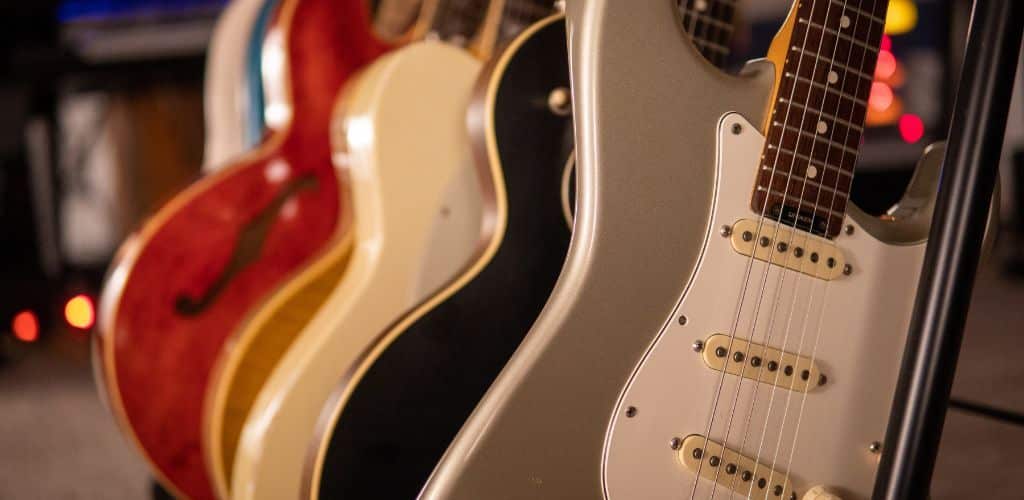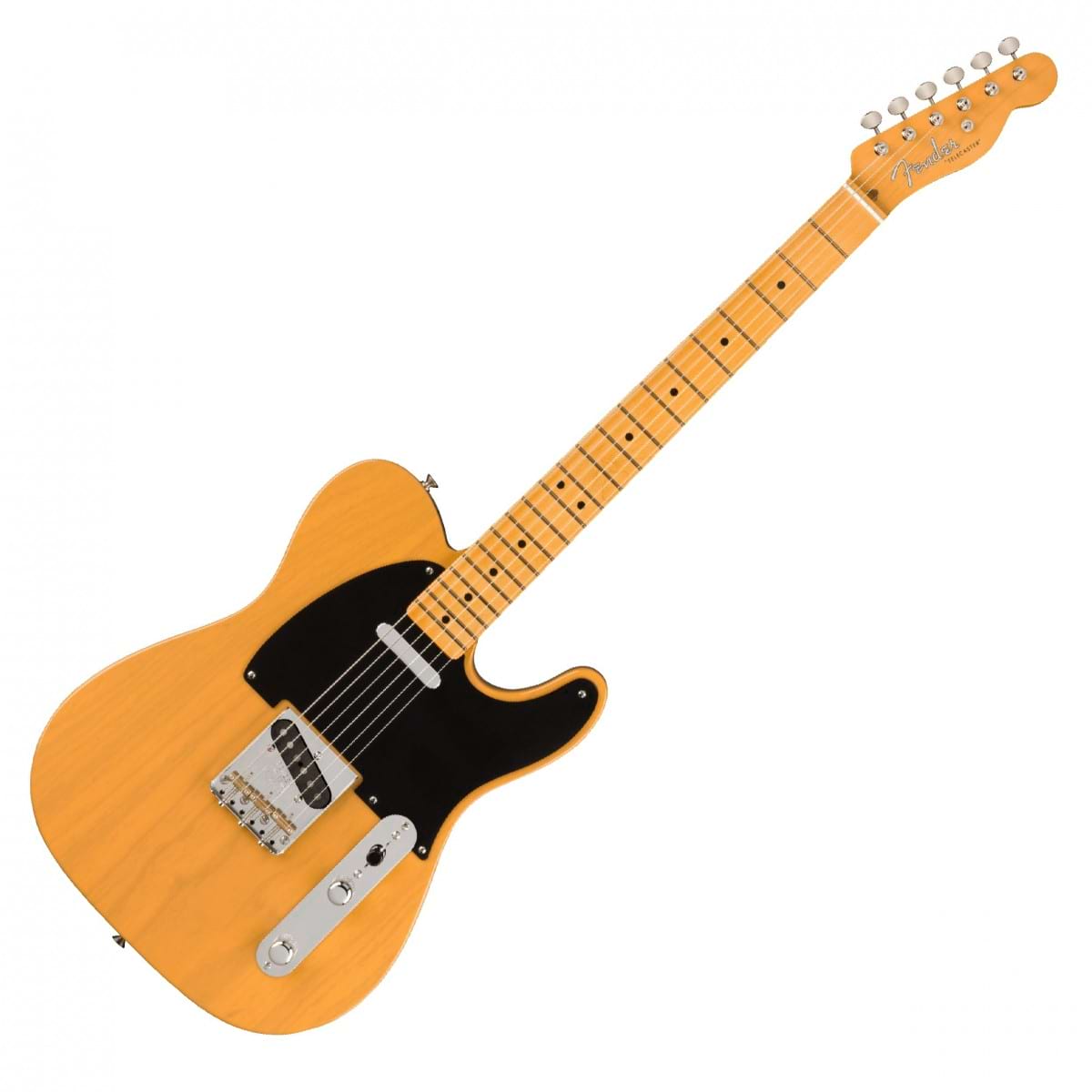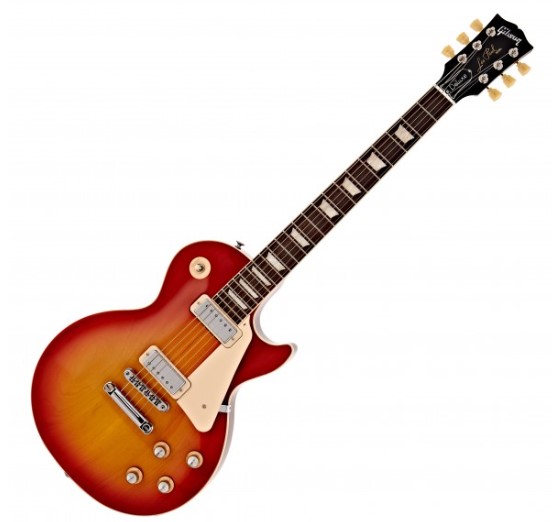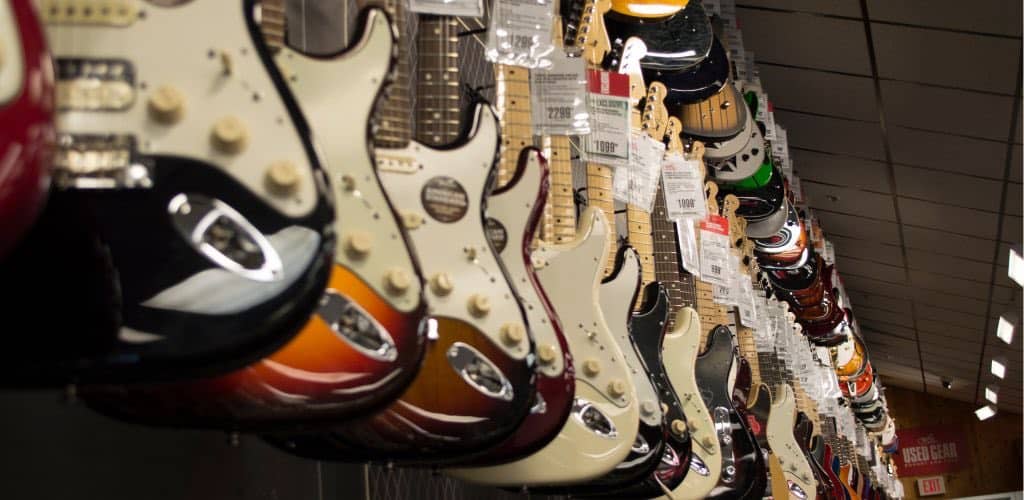Prepare to have your mind blown with 10 fascinating facts about the electric guitar you didn’t know—like how it once had a sibling that was a total flop and why it might just be the reason your neighbor hates you!

From its wild history to quirky quirks, these jaw-dropping tidbits will make you the coolest cat at your next jam session. Get ready to strum your way through some seriously shocking revelation.
The Accountant Who Revolutionized Guitar Design
It might come as a surprise that Leo Fender, the genius behind iconic guitar models like the Telecaster and Stratocaster, never actually learned to play the guitar himself.
Instead, he began his career as an accountant and developed a passion for electronics, which led him to create groundbreaking instruments that would revolutionize music.

His lack of musical training didn’t hinder his creativity; in fact, it allowed him to focus on the technical aspects of sound and design.
Leo’s innovative spirit resulted in guitars that musicians would come to love and rely on, proving that you don’t need to play an instrument to create something extraordinary. His legacy lives on in every note played on a Fender guitar, showcasing the power of vision and ingenuity.
Bonus: here’s a Fender guitar we know you will surely love!
Fender American Vintage II 1951 Telecaster, Butterscotch Blonde

FEATURES: Ash body with nitrocellulose lacquer finish for authentic vintage feel
OTHER INFO: Faithful recreation of the 1951 Telecaster with era-accurate hardware and neck profile
- Iconic vintage tone and aesthetic
- High-quality craftsmanship and materials
- Smooth playability with comfortable neck
- Premium price point
- Limited versatility for modern styles
When you click ‘Check Price’, you’ll see there are loads of great places to buy this item. Our personal favorite is Sweetwater for the US, and Thomann and Gear4Music for the UK & Europe.
They are the largest music retailers, with excellent customer service, competitive prices, really fast shipping, and the longest guarantees.
The professional musician who wrote this article combined many things,
from the product build, manufacturer’s reputation through to feedback
from other users, to create our famous TedScore™.
Rock and Roll’s Message to the Stars
In a fascinating blend of music and space exploration, Chuck Berry’s iconic track “Johnny B. Goode” was chosen to represent electric guitar sounds on the gold records sent aboard the Voyager 1 and 2 spacecraft in 1977.

This legendary song was selected not just for its catchy rhythm but also for its embodiment of rock and roll, showcasing the electric guitar’s cultural significance. The inclusion of such a vibrant piece of music serves as a message to potential extraterrestrial life about the creativity and artistry of humanity.
As Voyager travels through the cosmos, Berry’s electrifying riffs continue to echo through space, making it a timeless ambassador of Earth’s musical heritage.
The Visionary Behind the Electric Guitar
George Beauchamp is a pivotal figure in the history of electric guitar.
He is credited with designing the very first guitar pickup, which transformed the way music was played and heard. His innovative work laid the groundwork for the electric guitar’s development, allowing for amplified sound and new playing techniques.

As a co-founder of Rickenbacker, Beauchamp helped establish one of the most iconic guitar brands in the industry, known for its distinctive sound and craftsmanship. His contributions not only shaped the electric guitar but also influenced countless musicians and genres that followed.
Beauchamp’s legacy continues to resonate in the music world, as his inventions paved the way for the electric guitar’s evolution and prominence.
The Heartbeat of Electric Guitar Evolution
Hawaiian music played a crucial role in shaping the early development of the electric guitar, mainly through the popularity of the steel guitar.

The unique sound of the steel guitar, with its smooth glissandos and vibrant tones, captured the attention of musicians and innovators alike. This influence led to the incorporation of similar techniques and styles into the electric guitar, paving the way for new genres and playing methods.
As a result, Hawaii’s rich musical traditions left an indelible mark on the evolution of the electric guitar, enriching its sound and expanding its cultural reach.
Birth of the Electric Guitar
The first electric guitar, known as the A-22 or “Frying Pan,” was a groundbreaking innovation that debuted in 1932.

Crafted from cast aluminum, this unique instrument featured a distinctive circular body that set it apart from traditional wooden guitars. Its innovative design allowed for the amplification of sound, paving the way for the electric guitar revolution.
The “Frying Pan” not only changed the way music was played but also laid the foundation for the electric guitars that would follow, influencing countless musicians and genres in the years to come.
The Rise of Les Paul's Electric Guitar
When Les Paul first introduced his electric guitar sound, it faced significant resistance from early audiences who still needed to be ready to embrace this innovative approach to music.

Many listeners found the tone unfamiliar and unappealing, leading to initial rejection of the Les Paul Trio’s performances. However, as musical tastes evolved, Les Paul’s groundbreaking sound eventually gained widespread acclaim, transforming into a cultural icon that reshaped the music landscape.
Today, the electric guitar sound he championed is celebrated and revered, showcasing the power of innovation in the face of skepticism.
Gibson 70s Les Paul Deluxe, 70s Cherry Sunburst

FEATURES: Strings: .010, .013, .017, .026, .036, .046
OTHER INFO: Hardshell Case (Included)
- Rich and warm tone reminiscent of the classic '70s rock era
- Comfortable and iconic Les Paul body design
- Versatile mini-humbuckers deliver a unique sonic character
- Eye-catching Cherry Sunburst finish adds vintage appeal
- Smooth playability and fast neck for expressive performance
- Heaviest among Gibson's new Les Paul models.
- Neck pickup's reverse tilt may appear aesthetically off
- Limited color options
When you click ‘Check Price’, you’ll see there are loads of great places to buy this item. Our personal favorite is Sweetwater for the US, and Thomann and Gear4Music for the UK & Europe.
They are the largest music retailers, with excellent customer service, competitive prices, really fast shipping, and the longest guarantees.
The professional musician who wrote this article combined many things,
from the product build, manufacturer’s reputation through to feedback
from other users, to create our famous TedScore™.
Eric Clapton's Legendary 'Beano' Album Cover
During a 1966 photoshoot for the “Beano” album, Eric Clapton’s apparent disinterest and relaxed demeanor resulted in one of the most iconic images in guitar music history.

Captured while he nonchalantly sat on a step, the photo perfectly encapsulated his cool, laid-back attitude, which resonated with fans and musicians alike. This candid moment not only became the album cover but also symbolized a pivotal moment in Clapton’s career, showcasing his unique style and approach to music.
Today, the “Beano” album cover remains a cornerstone of rock history, immortalizing Clapton’s influence on the electric guitar.
The Beatles and the Birth of Guitar Feedback
The Beatles revolutionized rock music by incorporating guitar feedback into their sound with their 1964 single “I Feel Fine,” marking a significant innovation in music production.

Guided by the visionary producer George Martin, the band creatively used the natural feedback generated from their amplifiers to create a distinct and captivating opening riff.
This groundbreaking technique not only showcased their willingness to experiment but also set the stage for future generations of musicians to explore new sonic possibilities. As a result, “I Feel Fine” became a landmark track, highlighting the Beatles’ role in pushing the boundaries of rock music.
The Machine-Gun Guitarist of Rock
Pete Townshend of The Who famously employed a machine-gun metaphor to express the raw energy and rebellion of youth through his guitar playing. This innovative approach is particularly evident in tracks like “My Generation,” where he mimicked the rapid-fire sound of a machine gun, creating a visceral auditory experience.

Townshend’s aggressive strumming and powerful riffs not only captured the angst of the era but also symbolized the explosive spirit of rock and roll. This bold use of guitar as a sonic weapon helped define The Who’s sound and solidified their place in music history.
Jimi Hendrix and His First Stratocaster
Jimi Hendrix’s journey with the electric guitar took a pivotal turn when he received his first Stratocaster, a gift from Linda Keith, who was then dating Rolling Stones guitarist Keith Richards.

This iconic instrument, previously owned by Richards himself, became the tool through which Hendrix would unleash his revolutionary sound.
The Stratocaster’s unique tonal qualities perfectly complemented Hendrix’s innovative playing style, allowing him to explore new sonic territories. This guitar not only marked the beginning of Hendrix’s legendary career but also solidified the Stratocaster’s status as a staple in rock music history.
Fender Jimi Hendrix Stratocaster, Olympic White

FEATURES: Reverse headstock for authentic Hendrix tone
OTHER INFO: Inspired by Jimi Hendrix’s late '60s Strats
- Classic Hendrix tone and style
- Smooth playability with C-shaped neck
- High-quality vintage-style hardware
- Higher price point than standard Strats
When you click ‘Check Price’, you’ll see there are loads of great places to buy this item. Our personal favorite is Sweetwater for the US, and Thomann and Gear4Music for the UK & Europe.
They are the largest music retailers, with excellent customer service, competitive prices, really fast shipping, and the longest guarantees.
The professional musician who wrote this article combined many things,
from the product build, manufacturer’s reputation through to feedback
from other users, to create our famous TedScore™.
The Electric Guitar:
A Journey Through Innovation and Influence
The electric guitar’s journey is filled with fascinating stories and groundbreaking innovations that have shaped music as we know it.

From Leo Fender’s unexpected genius to the cultural impact of Chuck Berry’s “Johnny B. Goode,” each fact unveils a unique aspect of this iconic instrument’s history.
The contributions of pioneers like George Beauchamp and Les Paul, along with the creative experimentation of legends like The Beatles and Jimi Hendrix, highlight the electric guitar’s evolution and enduring legacy.
As you strum your way through these captivating tidbits, remember that the electric guitar is not just an instrument; it’s a symbol of creativity and rebellion that continues to inspire musicians around the world.










